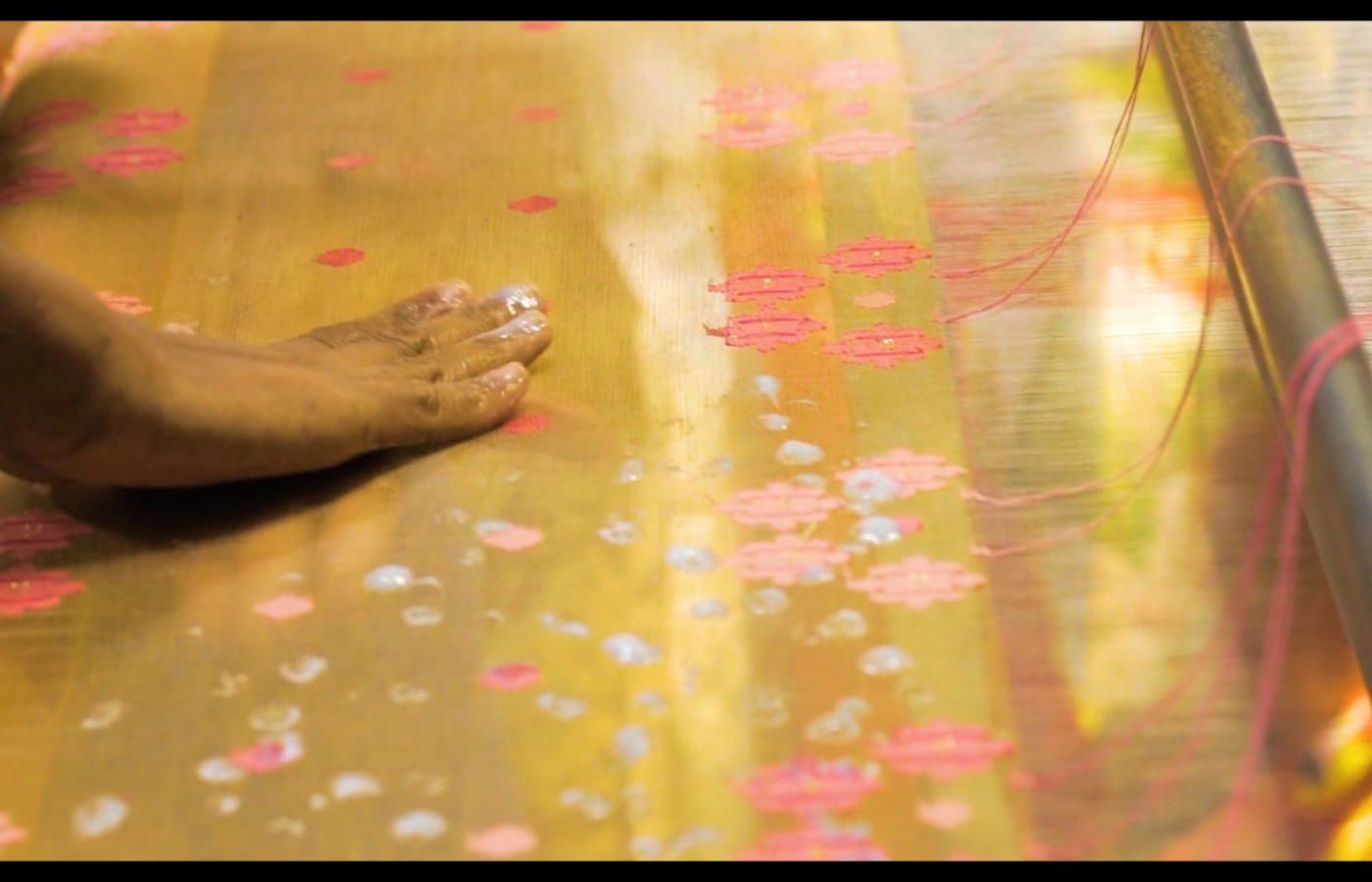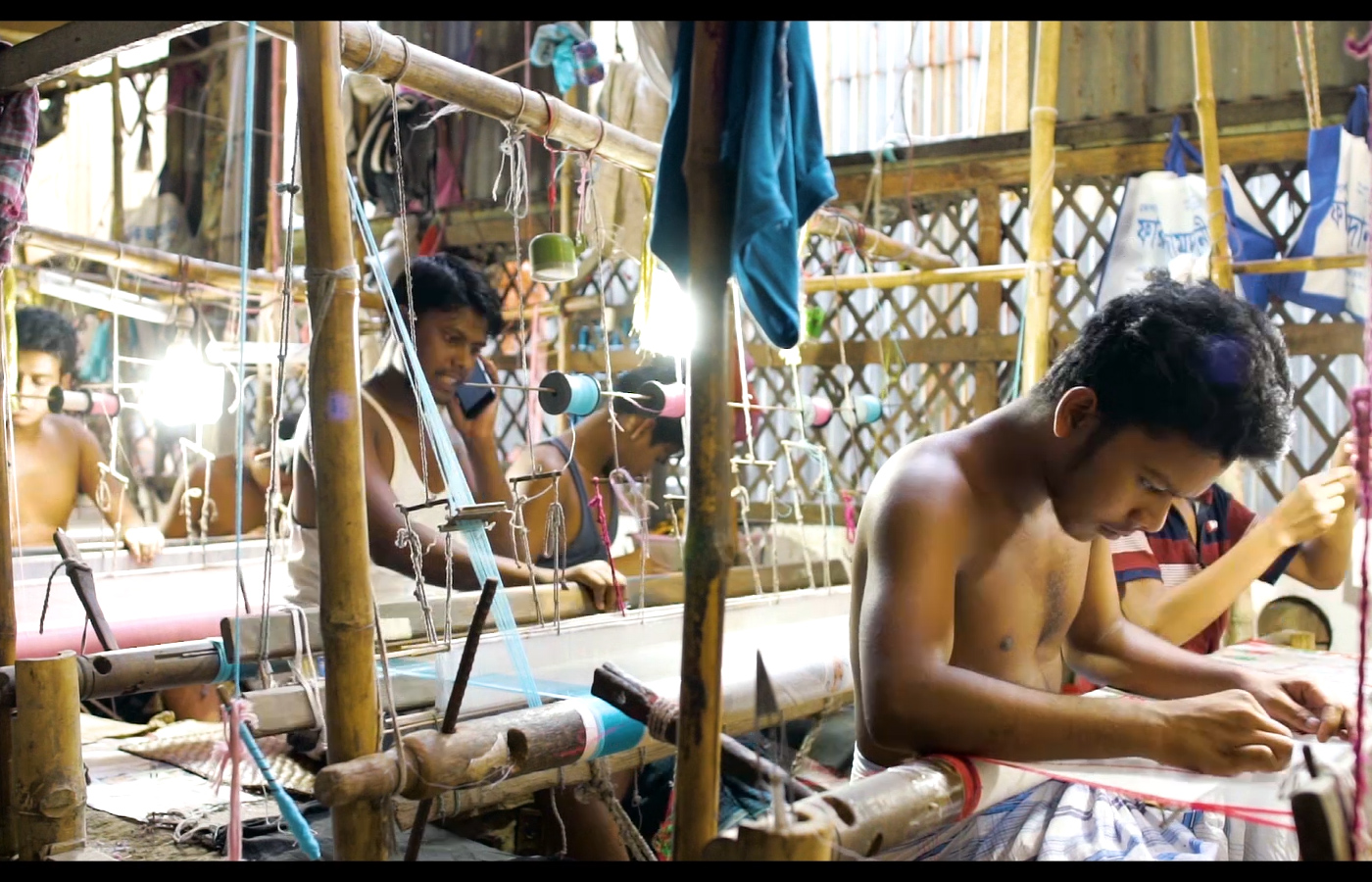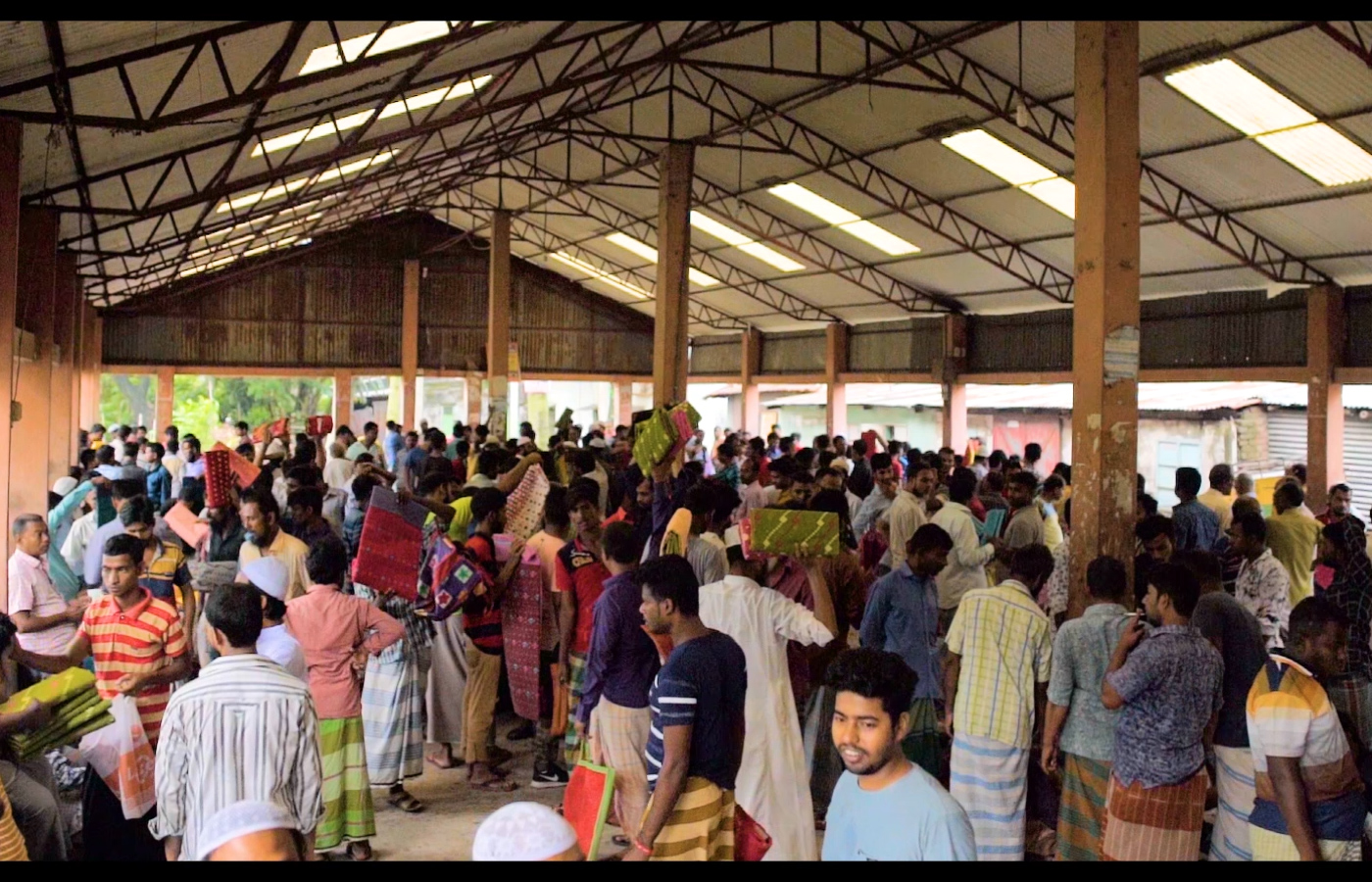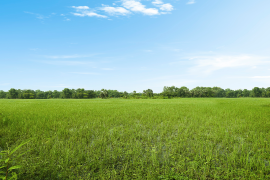Imagining an ideal Bengali woman without a saree is pretty far-fetched. It doesn’t seem right, does it? Saree is deeply interconnected with Bangladesh’s rich cultural heritage. So much so that we had managed to pioneer an industry with it. Sadly, the jamdani industry in Bangladesh rapidly declined due to colonial import policies that favored machine manufactured textiles. Needless to say, with the love that they have for sarees, Bengali women absolutely adore Dhakai Jamdani. But it not only in Bengal. The worldwide demand for this traditional attire is very admirable.
But what makes Jamdani special? All the buzz and the history; what is it all about? Well, in this article we are going to answer these questions in detail.
the History

Let’s start with the etymology. Jamdani is a word of Farsi origin, in Farsi, the word ‘jam’ means Flower and ‘dani’ refers to vase. The Mughals chose this name because, at that time, Farsi was their court language.
Historically speaking, jamdani was originally known as Dhakai Jamdani or simply as Dhakai and has its roots in Sonargaon (situated in present Narayangang). Jamdani is a handloom woven fabric made of cotton which was famously known as Muslin. And it became popular for its intricate design and special weaving technique.
A quick note here, we have a web series called ‘Oligoli’ and we highly recommend you give it a shot. We have made a documentary on Shonargaon, watch it here.
Shonargaon served as the main hub for jamdani for centuries. One of the reasons why Sonargaon was the epicenter of jamdani production was because it was by the river Shitalakshya. Most of the jamdani factories that you will see today are also on the banks of Shitalakshya. Specifically speaking in Nuapara, a small village in Rupganj, Narayanganj. The humid weather of the Shitalakshya was very important for preparing threads for weaving jamdani. Normally, most of the work is done in the morning because the air is more humid at that time.
Weave

Designing a dhakai jamdani is not an easy task. Weavers spend days designing a saree. They let their imaginations run wild on the paper thus yielding intricate designs one after another. And by doing so they exhaust themselves to a degree that sometimes it even costs them their health. But that doesn’t hold them back from doing what they do.
Weaving a jamdani involves multiple steps before which you can touch and feel the final product. So it takes a combined effort of more than just the weavers to create a jamdani saree. Although half of the work is now done automatically by machines, the other half is still done manually by handlooms. There was a time when everything was done manually, including thread making. But nowadays, weavers buy readymade threads from the market in kilograms. Normally they buy white threads, however and when needed, adding artificial colors later. During weaving, a comparatively thick fabric is used for crafting motifs on the saree. Designing beautiful motifs is a skill and is a tradition for weavers. So from an early age, they are taught to design motifs by their elders.
Weaving a jamdani involves complex use of wefts. In this supplementary weft technique of weaving, a non-structured weft is used for creating all the artistic motifs where the standard weft is used to hold the warp threads together. This is how the standard weft creates a fine, sheer fabric while the supplementary weft creates all the intricate patterns to it.
The process continues until the saree is completed. Then it is polished with maar (rice starch) for the finishing touch. Depending on the design, this whole process can take from one week to one year. The complexity of the design determines how much time it will take to complete the saree. This is because all the designs are handcrafted. Weavers make all the designs by themselves, where floral and geometric patterns are very common. Panan Hajari, Dubli Jal, Butidar, Tersa, Duria, Mayur Peyach, Kalmilota, Puilota, Kochupata, Kalka Par, Samuk Buti are some of the notable designs.
Jamdani Bazaars

The biggest dhakai jamdani saree bazaar sits by the Shitalkshya River in Demra from 5 am in the morning. Buying and selling continue all day long. This is obviously good news for all jamdani enthusiasts.
These days, however, this industry is at risk. The abundant use of machinery has made it hard for traditional weavers to get a decent price on their products. Despite these issues, it has not affected the demand for traditional jamdani sarees too much. People are still very fond of handloom woven jamdani and happily spend big money on it. The price, however, depends on the fabric and the design. But whatever it may be, jamdani is priceless, considering all the effort that goes into each of the products.
Over the course of time, everything involving the design and weaving has changed massively but the beauty of jamdani remains the same. You will find at least one jamdani in every woman’s closet. That is how popular it is. However, the significance lies in the making and the effort that the weavers put into each jamdani.
That said, when did you buy your first jamdani? Was it for yourself or for your loved ones? Tell us your story in the comment section below.



